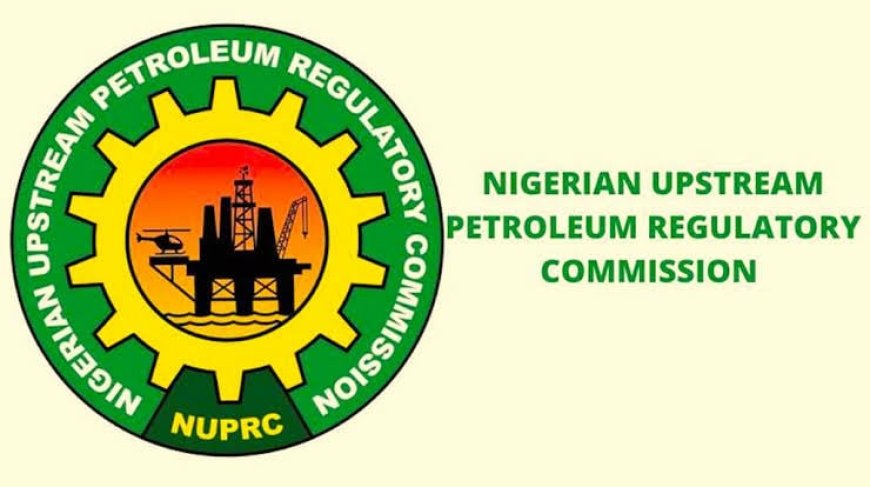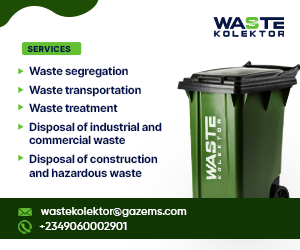Nigeria’s oil output hits 454m barrels in nine months – Report

Nigeria produced a total of 454.28 million barrels of crude oil and condensates between January and September 2025, according to oil report data from the Nigerian Upstream Petroleum Regulatory Commission.
The figures show that crude oil accounted for 399.81 million barrels, while condensates contributed 54.47 million barrels, representing about 12 per cent of total liquid hydrocarbons.
Combined, this equates to an average daily production of 1.66 million barrels per day. Crude oil alone averaged 1.46 mbpd, while condensates added an average of 0.20 mbpd during the nine-month period.
The condensate share represented about 12 per cent of total liquid hydrocarbon output, underscoring its growing importance to Nigeria’s production profile as deep-offshore gas-linked fields mature.
Nigeria’s production pattern fluctuated across the months. Output peaked in January, when the country pumped 47.70 million barrels of crude oil and a total of 53.86 million barrels of liquids. Production then fell to its lowest level in February, at 41.02 million barrels of crude and 46.81 million barrels overall.
Between March and July, volumes stabilised above the 50-million-barrel mark before shrinking again to 41.69 million barrels in September. The NUPRC attributed thid to the strike embarked upon by the labour unions during the crises between themselves and the Dangote refinery. It also blamed the decline in maintenance downtime.
By September, Nigeria’s average daily crude output represented about 93 per cent of its OPEC quota of 1.5 mbpd, signalling a two-month consecutive failure to meet the OPEC quota. Nigeria was able to achieve this in January, June and July.
The commission’s detailed field data showed that national production was sustained by large terminals. Forcados Terminal topped the list with 67.1 million barrels between January and September, followed by Bonny Terminal with 60.54 million barrels. Qua Iboe and Escravos contributed 40.66 million barrels and 37.36 million barrels, respectively.
Brass Terminal accounted for 7.31 million barrels of crude and 1.81 million barrels of condensates in the nine-month period. Other key producers included Odudu (Amenam Blend), averaging just above 2 million barrels per month, and Tulja–Okweibome, which maintained 1.6–2.2 million barrels monthly. Smaller onshore streams such as Okoro, Antan, and Otakpipo added steady but modest volumes.
It was shown that deepwater fields remained the backbone of national production. Bonga Field, operated by Shell Nigeria Exploration and Production Company, maintained dominance with monthly volumes ranging between 3.24 million and 4.02 million barrels, totalling 32.89 million barrels over the nine-month period.
Similarly, Erha Field (ExxonMobil) produced between 1.81 million and 2.24 million barrels per month, with a cumulative volume of 18.93 million barrels, while Egina Field (TotalEnergies) contributed 17.84 million barrels. Other offshore producers such as Usan, Abo, and Okono maintained consistent flows that helped offset onshore losses caused by theft and vandalism.
Condensate production totalled 54.47 million barrels. Agbami Field (Chevron) remained the largest contributor, producing 21.78 million barrels, while Akpo Field (TotalEnergies) delivered 14.38 million barrels. Tulja–Okweibome Condensate averaged about 280k barrels per month across the period.
The steady contribution from these condensate-rich fields helped sustain Nigeria’s liquids output.
Experts have said that maintaining production above 1.6 mbpd will depend on stronger security along oil corridors, timely field redevelopments, and consistent application of the Petroleum Industry Act reforms. The commission has pledged to enhance metering accuracy, tighten compliance enforcement, and foster collaboration with operators to stabilise supply.
In July, the Nigerian National Petroleum Company Limited revealed the breakthroughs in tackling pipeline vandalism and ensuring full availability of key crude oil pipelines. It, however, lamented that despite this, Nigeria’s crude production still lags behind government targets.
The NNPC announced that five of its major crude evacuation pipelines achieved 100 per cent availability between May and June 2025.
The pipelines include the Trans-Niger Pipeline, Oando Brass Pipeline, Trans-Forcados Pipeline, Trans-Escravos Pipeline, and the Trans-Ramos Pipeline, all of which traverse critical economic corridors in the Niger Delta and are essential for moving crude oil from wellheads to terminals for export.
However, despite these gains, the NNPCL Group Chief Executive Officer, Bayo Ojulari, lamented that oil producers have failed to ramp up output to meet the national production target of 2.02 million barrels per day as projected in the 2025 budget.









